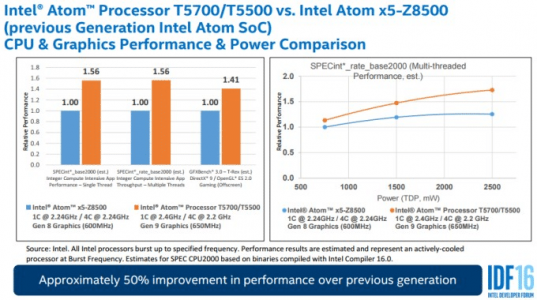Unfortunately for MS they created 2 OS that worked pretty well on Mobile but Intel struggled with the Power Management and Drivers....
Which OSs are you referring to? I'm not sure I could come up with any OS that was hampered solely by Intel power management/driver issue.
. . . .
Legacy always holds you back - i.e. The marketplace wont let you move on from the old, yet only embraces the new from someone or something else.
Aptly put. Definitely a quirk of human nature.
I'd guess it's a matter of efficiency. The need to crank out work overrides the willingness to try new things; leisure time notwithstanding. And, I'm going to guess, leisure time is best spent as far away from work related tasks as digitally possible (if the leisure activity has digital component at all).
That's why I think Microsoft’s mobile effort should have been laser focused on enterprise assistance. They were never going to appeal to the SnapChat crowd anyway. Put the effort into making every professional Windows computer user regret not having the ‘value added’ features a Windows phone or tablet could bring to their workday.
Sure, that may not appeal to numerous billions of people*, but Window pros are in the hundred million. Certainly enough to get the legacy application software manufactures interested in leveraging the 'enterprise assistance' bent. And if those millions could be retained, the new wave of App houses would see that as a viable area of expansion.
*those numerous billions may reconsider when its time to get a job.


